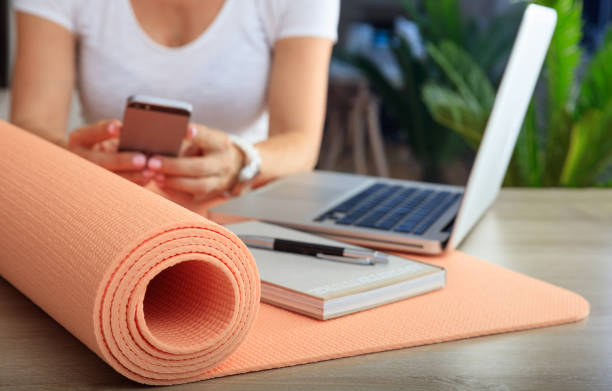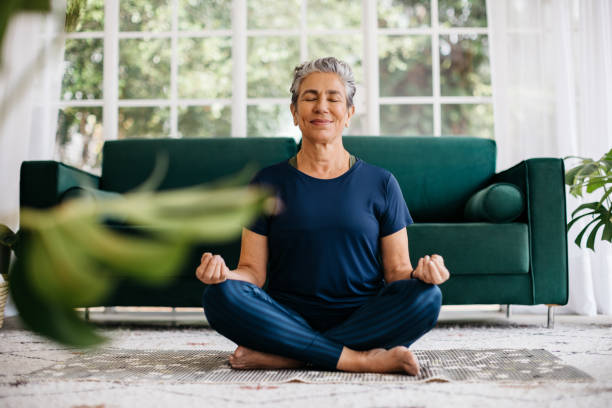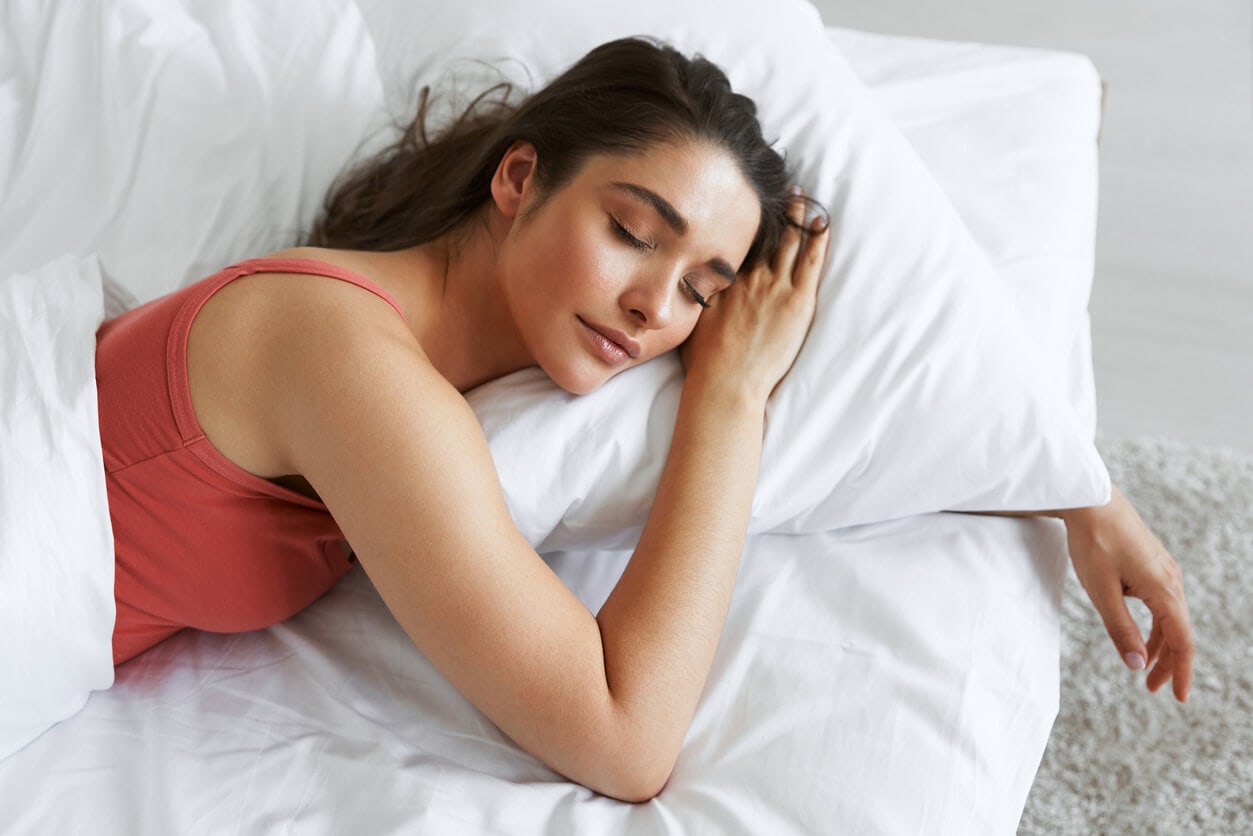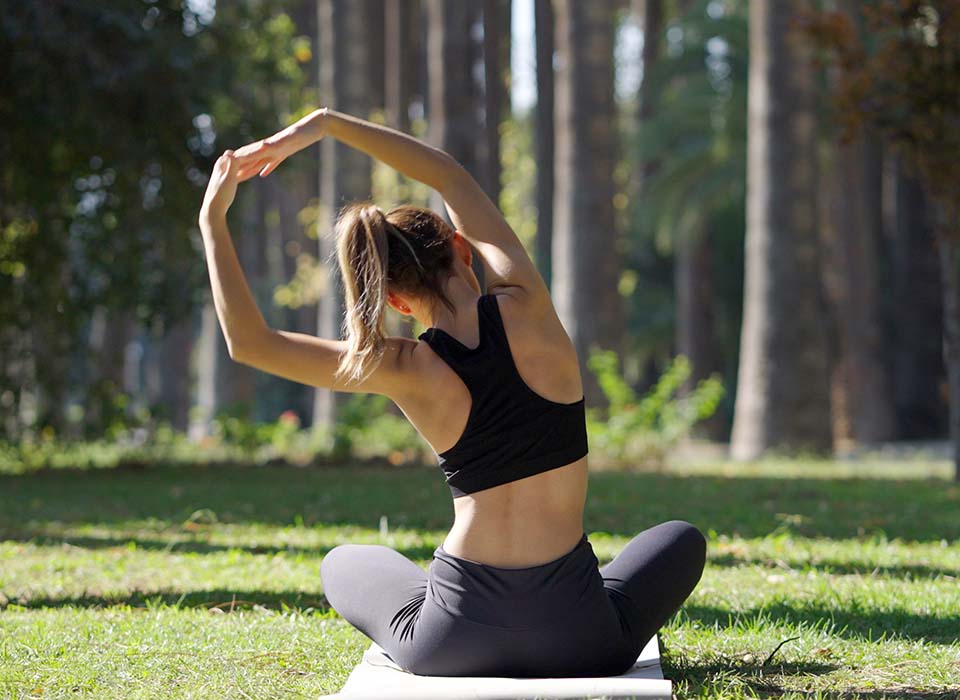In today’s fast-paced, technology-driven world, more and more individuals find themselves leading sedentary lifestyles, spending prolonged hours hunched over desks, staring at screens. This modern lifestyle takes a toll on our bodies, leading to various aches, pains, and stiffness. However, there is a powerful antidote to counter the adverse effects of desk-bound work: yoga. Roses Poses is your go-to yoga studio in Sierra Vista and we know how beneficial yoga can be. It’s time to explore how yoga can be a lifesaver for desk workers, providing relief from physical discomfort and promoting overall well-being.
The Impact of Sedentary Work on the Body:
Sitting for extended periods can lead to numerous health issues, including back pain, tight hips, stiff shoulders, and weakened core muscles. As desk workers, we often neglect our bodies in the quest for productivity, but this neglect comes at a high price. However, incorporating yoga into our daily routines can be a game-changer, helping us restore balance and alleviate the discomforts caused by our sedentary work habits.
Benefits of Yoga for Desk Workers:
Improved Posture: Regular yoga practice helps strengthen the core muscles and align the spine, fostering better posture. By standing taller and sitting straighter, desk workers can prevent and relieve back pain.
Increased Flexibility: Yoga’s stretching and bending poses can target tight muscles, particularly in the hips and shoulders. Enhanced flexibility reduces the risk of injury and makes everyday movements more comfortable.
Stress Reduction: Desk-bound work can be mentally and emotionally draining. Yoga’s focus on breathing and mindfulness techniques helps reduce stress and improves overall mental well-being.
Boosted Energy and Focus: Yoga sessions can revitalize the body and mind, combating the midday slump and enhancing concentration, making desk workers more productive and alert.
Better Circulation: Sitting for prolonged hours can impede blood flow. Yoga poses that involve twisting and inversions can improve circulation and prevent issues like swollen ankles.
Release of Tension: Yoga offers an opportunity to release pent-up tension in the muscles and joints, promoting a sense of relaxation and ease.
Desk-Friendly Yoga Poses:
Seated Cat-Cow: This gentle spinal movement can be done while sitting on a chair, providing a soothing stretch to the back and spine.
Seated Forward Fold: Stretch the hamstrings and lower back by bending forward from the hips while seated.
Desk Pigeon Pose: While seated, cross one ankle over the opposite knee, gently pressing down on the raised knee to stretch the hips.
Neck and Shoulder Stretches: Gently tilt the head to the side and forward to release tension in the neck and shoulders.
Seated Twist: Twist your upper body to each side while holding onto the back of your chair, providing relief to the spine.
Incorporating Yoga into the Workday:
Finding time for yoga during a busy workday might seem challenging, but even short sessions can make a significant difference. Desk workers can try the following tips to integrate yoga seamlessly into their daily routines:
Desk Stretches: Take a few minutes to perform simple yoga stretches at your desk. You’ll feel rejuvenated and ready to tackle tasks with renewed focus.
Lunchtime Sessions: Use your lunch break to attend a quick yoga class or practice in a quiet corner of your office.
Virtual Classes: Many studios, offer virtual yoga sessions, making it convenient to practice from the comfort of your workspace.
Learn Yoga with Roses Poses!
Yoga is an invaluable tool for desk workers to combat the physical and mental challenges of sedentary work. Through simple, desk-friendly poses and mindfulness techniques, individuals can find relief from aches, boost energy levels, and enhance their overall well-being. Incorporating yoga into the daily routine can lead to a healthier and more productive work-life balance. So, take a deep breath, unroll your yoga mat, and begin your journey towards a healthier, more balanced life as a desk warrior. If you want to learn more about yoga from yoga professionals, visit the Roses Poses yoga studio today!




